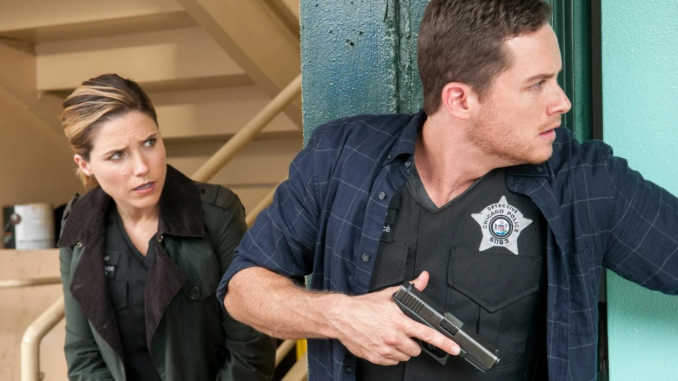
The 21st District in Chicago P.D. is more than just a random precinct number. It pays homage to the real-life Near North Side district, which covers a similar territory in Chicago.
Showrunner Dick Wolf often weaves authentic Chicago elements into his shows, giving Chicago P.D. an added layer of realism. This small detail highlights Wolf’s dedication to staying true to the city’s law enforcement history. If you were already a fan of Chicago Fire, you might have recognized Sergeant Hank Voight (played by Jason Beghe) from his guest appearances. Voight, initially introduced in Chicago Fire as a corrupt cop, makes a dramatic shift in Chicago P.D., leading his team with a moral compass that is complex yet compelling. This subtle nod to the interconnected universe of the Chicago franchise laid the groundwork for future crossovers.
While the action and drama were front and center, the technical elements of the pilot episode also contributed to its intense atmosphere. The handheld camera work used during high-stress moments and chases gives viewers a sense of immediacy and urgency. This style of cinematography has since become a hallmark of the series, making the audience feel as if they are in the thick of the action alongside the officers. From the first episode, it’s clear that Voight isn’t your typical by-the-book cop. The script subtly drops hints about his past and unorthodox methods, building intrigue around his character. His tough, no-nonsense approach to crime-fighting was a signal of the gray areas the show would explore regarding morality, justice, and the price of protecting the streets of Chicago.

The chemistry between Detective Jay Halstead (Jesse Lee Soffer) and Detective Erin Lindsay (Sophia Bush) was palpable from the first moment they appeared on screen together. Their partnership would go on to be one of the most beloved dynamics in the show. What many fans might not have noticed, however, are the subtle looks and gestures that foreshadowed their eventual romantic connection. Their camaraderie and trust were established early, setting the stage for their future storylines.
Detective Antonio Dawson (Jon Seda) serves as a moral counterbalance to Voight in the early episodes, and this dynamic was clear from the very start. Dawson’s character is rooted in doing things by the book, contrasting Voight’s more ruthless tactics. The tension between these two characters adds a layer of complexity that would continue to develop throughout the series.
One of the most memorable moments from the pilot episode is Voight’s interrogation scene. The raw intensity of his methods is something that would define his character moving forward. But if you look closely, you’ll notice that the show’s creators took great care in the lighting and pacing of these scenes, using shadows and close-ups to create a sense of claustrophobia and moral ambiguity, which would become a recurring theme.
The pilot episode of Chicago P.D. masterfully set the tone for the series, blending high-octane action with rich character development. Whether you’re a long-time fan or new to the series, revisiting the debut reveals numerous layers and details you may have missed the first time around. From the subtle hints about character backstories to the technical choices that enhance the storytelling, the first episode laid the groundwork for a gripping and enduring police drama. If you haven’t already, it’s definitely worth a rewatch—this time, with a more discerning eye!
